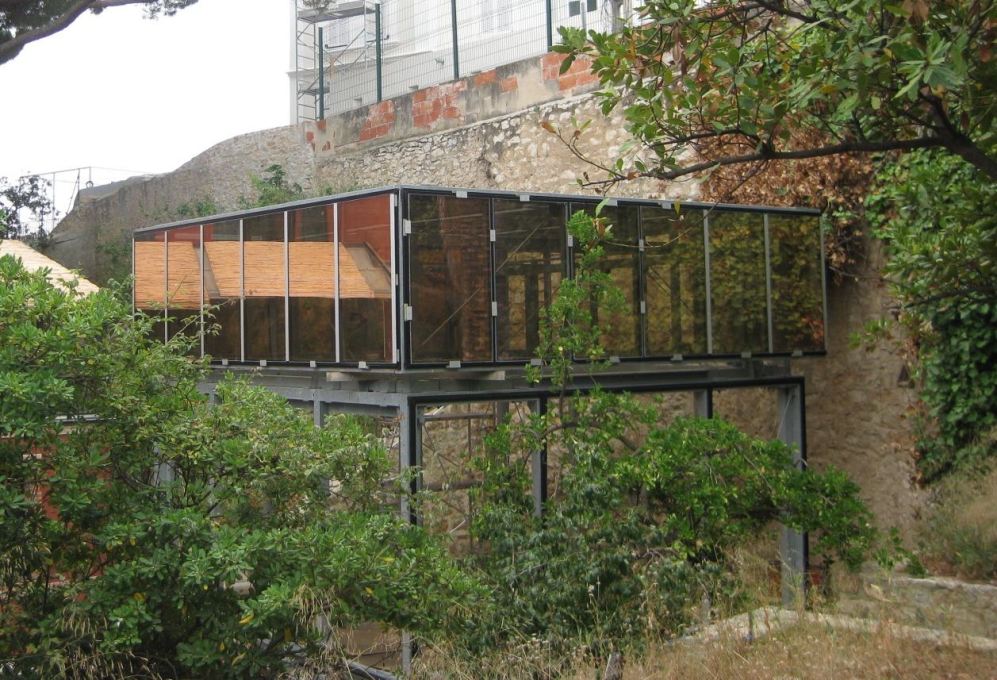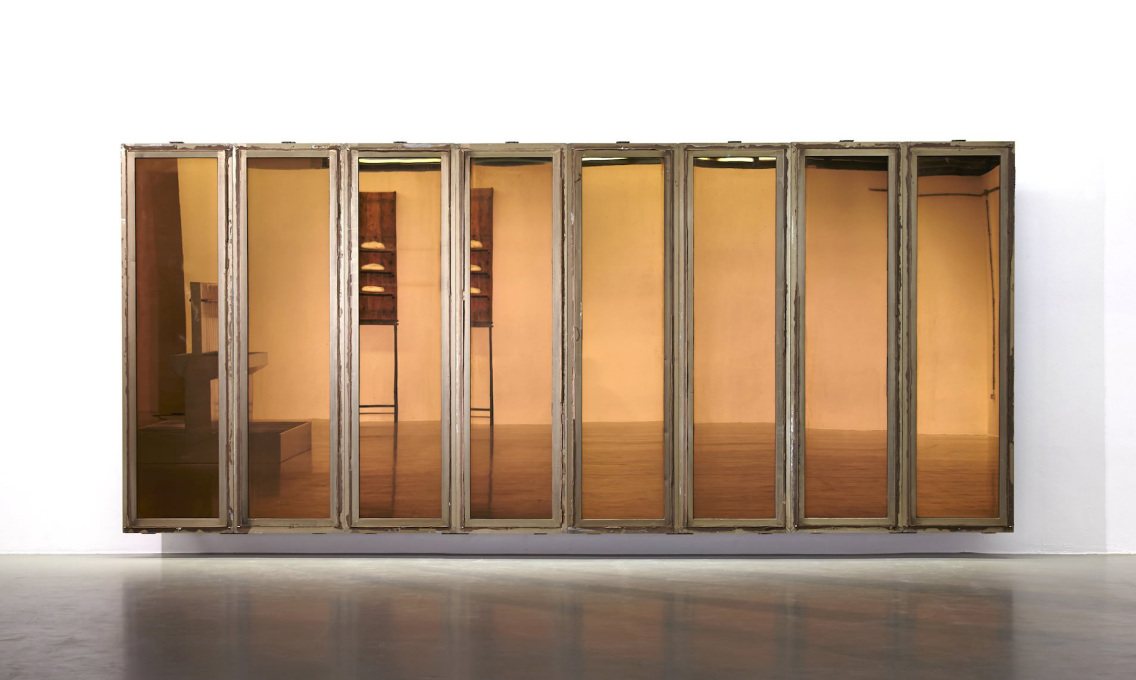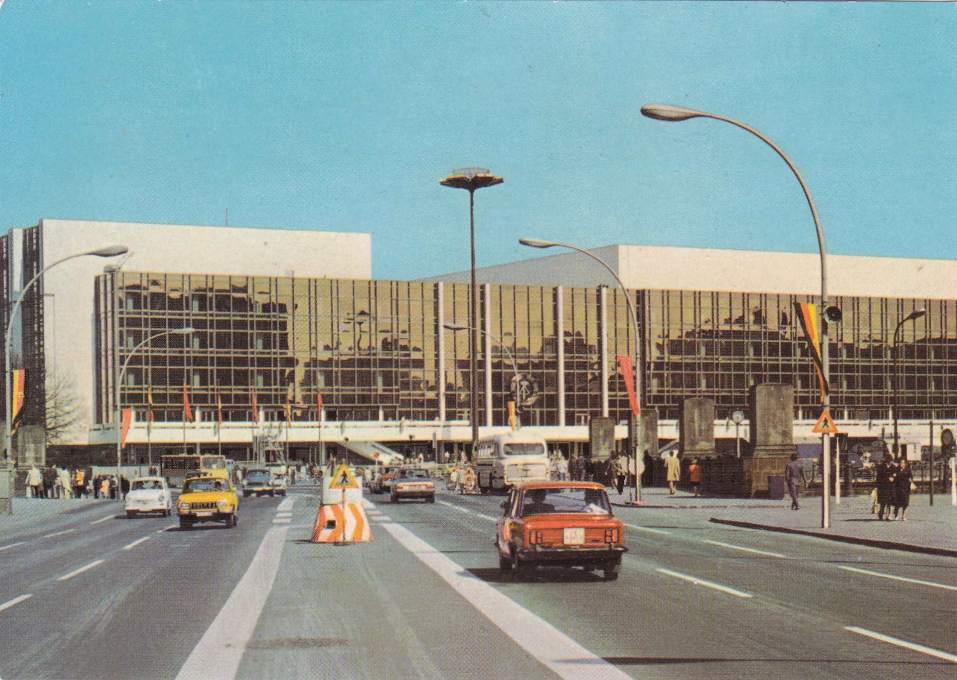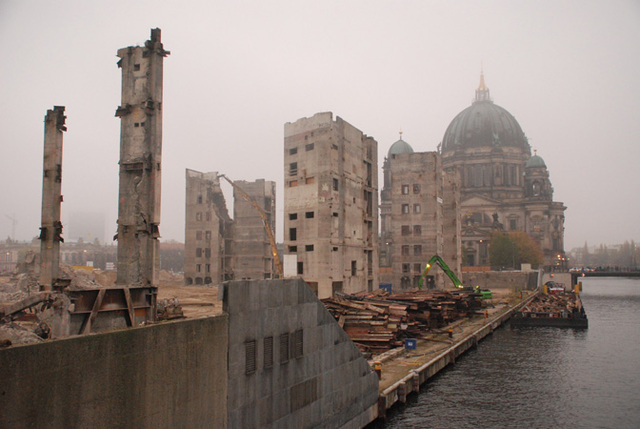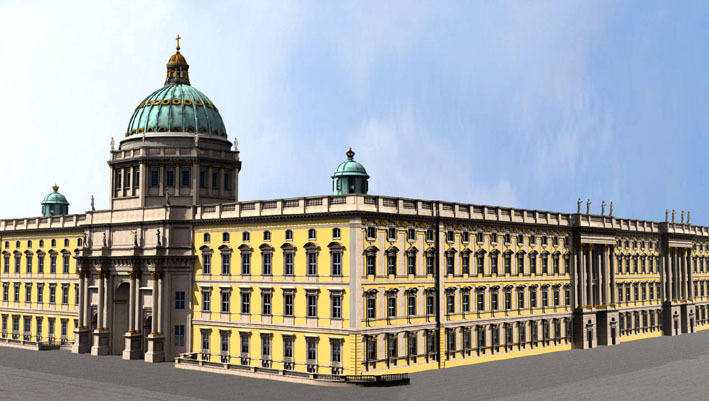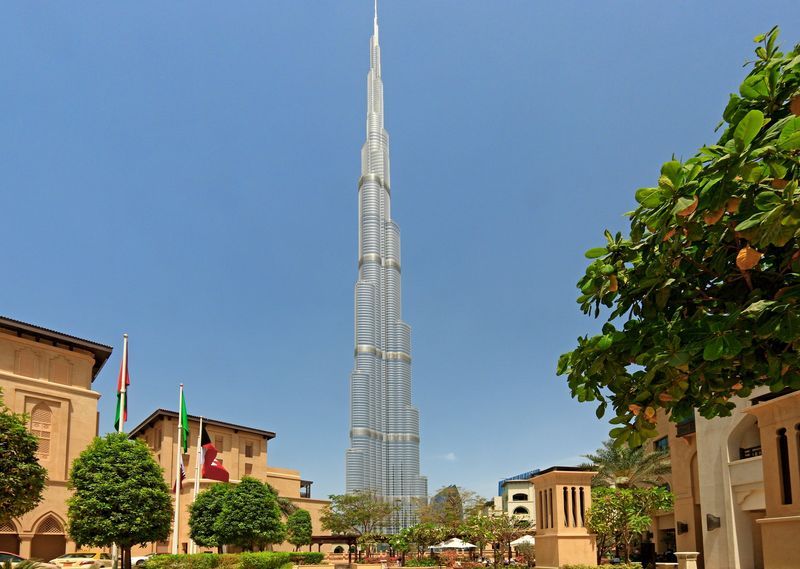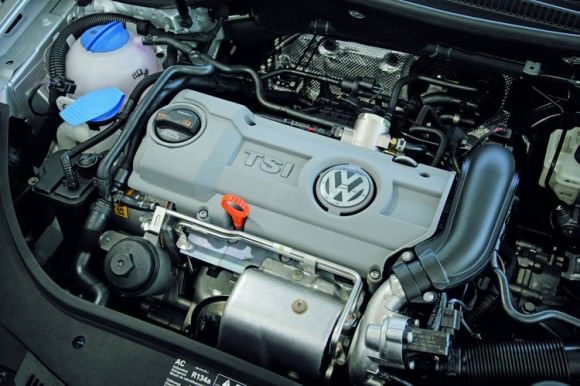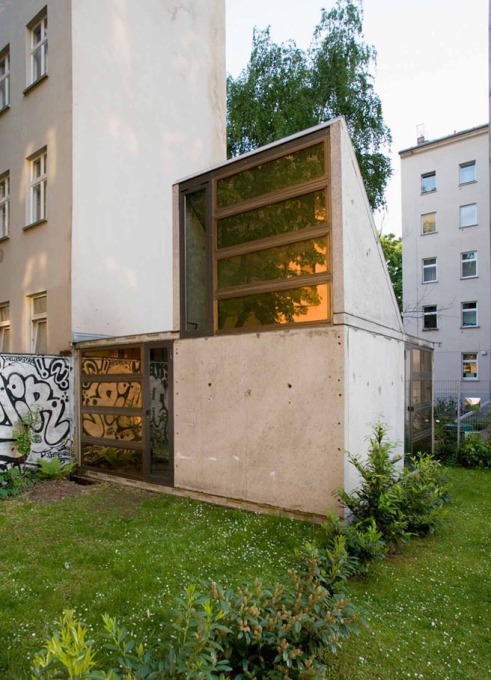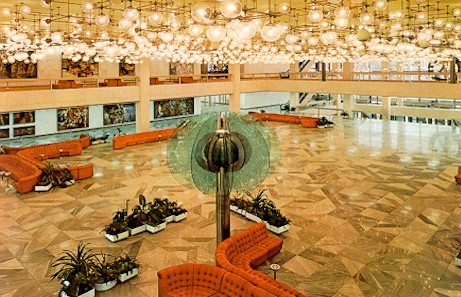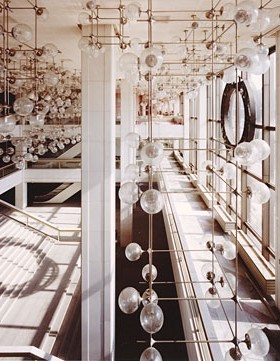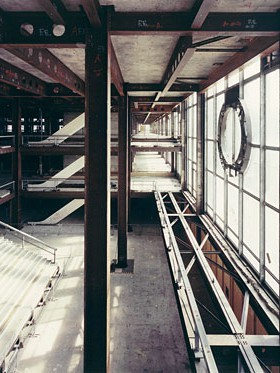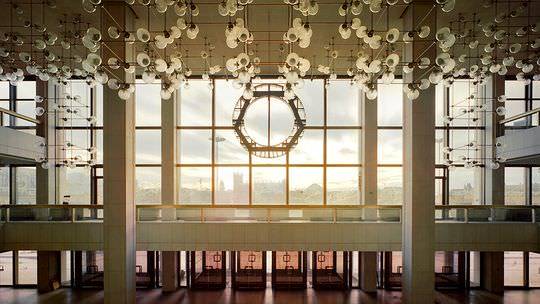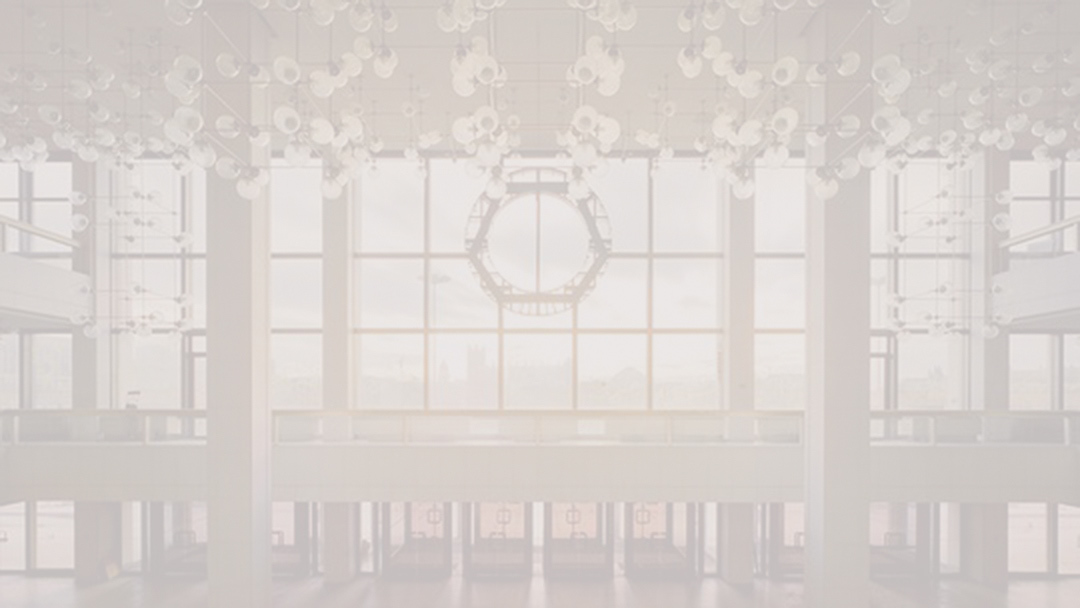Dead buildings no longer seem to lie in peace. Take the former Palast der Republik in Berlin. Bits and bobs of this showcase building of the East German state – which contained its Congress Hall, as well as restaurants, bowling alleys discotheques and cinemas – have turned up worldwide, from skate parks to skyscrapers, in artworks and in cars, living on: metamorphosed. As a coda to our Berlin issue, uncube traces the global scattering of the building’s fragments.
Commodity prices can help give new value to defunct old buildings, a profitable afterlife through recycling. After the controversial demolition of Berlin’s Palast der Republik from 2006-9 – now shortly to be replaced by a simulacrum of the baroque Stadtschloss of the German Emperors which had previously stood on the site – the city harvested 25,000 tonnes of steel from the structure.
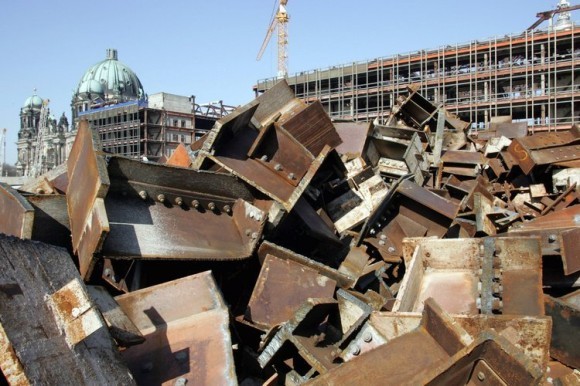
Steel has a substantial value on the commodity market as a raw material for construction, and the perpetually underfunded city did what any city would: it sold the surplus. As the building was dismantled, its steel girders and other elements were transported to a smelter in Kreuzberg and turned back into raw steel, ready for reuse. Reduced down to market-precious metal, the bones of the Palast der Republik were shipped to a commodity dealer in Istanbul, and then exported to construction projects worldwide, most notably to be used in the Burj Khalifa in Dubai. Somehow the incorporation of material from the East German government’s showpiece into the Emirates’ bragging right to tallest-building-in-the-world seems appropriate, since both buildings have been used to symbolize the supposedly egalitarian-nature of their respective societies, but within rigid limits and for the right people.
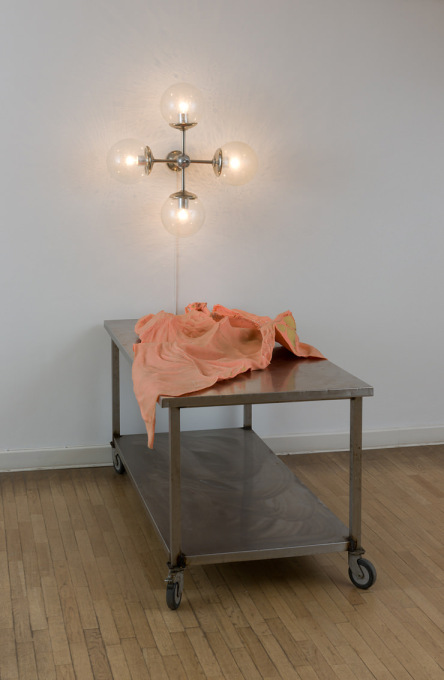
Further steel from the building has been used to make Volkswagen engines, whilst other materials were reutilised, including the granite slabs now lining a skate park at Tempelhof in Berlin. Meanwhile smaller elements, fixtures and fittings from the building have been adopted by artists as raw material in their work: culturally-loaded fodder for historical and political reference. The most popular element unsurprisingly perhaps has been the glass of the bronze-reflective windows, seen in work by artists such as Fred Rubin and Benjamin Bergmann, appearing like the undead eyes of the ghostly Palast.
